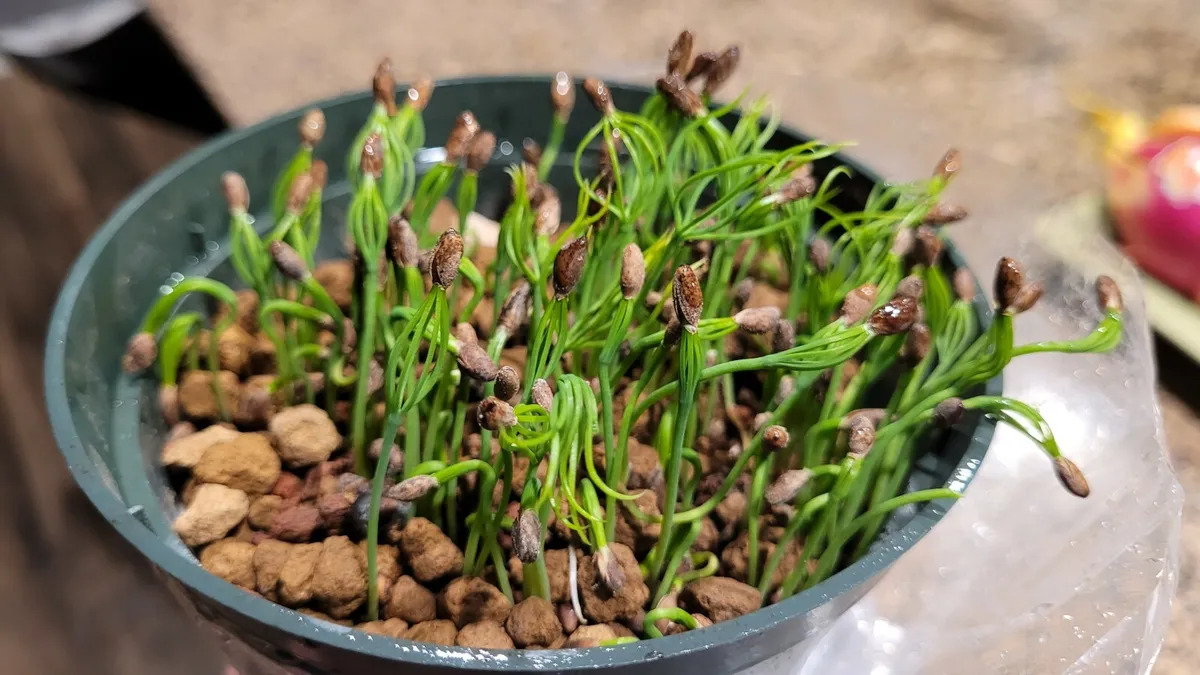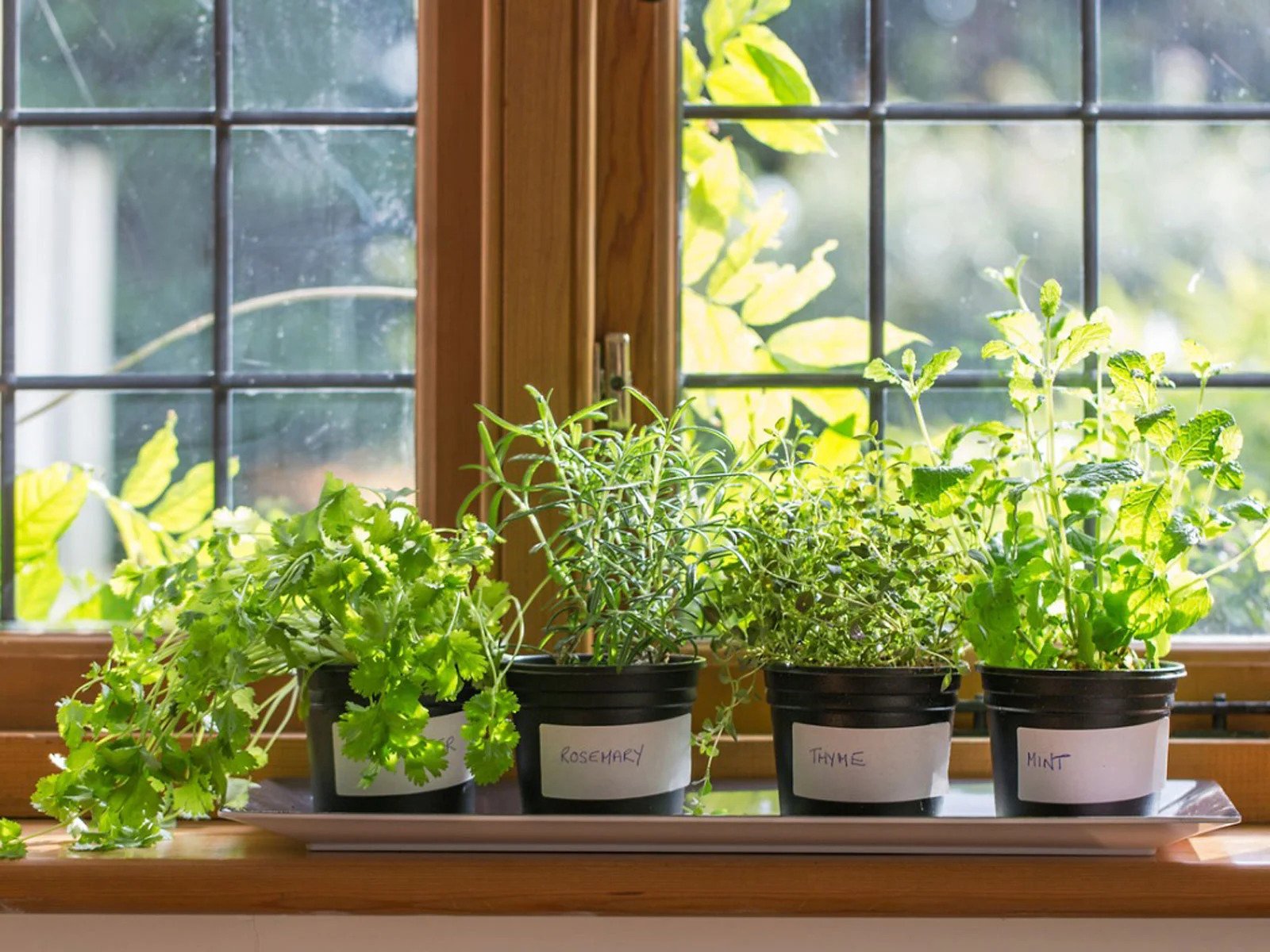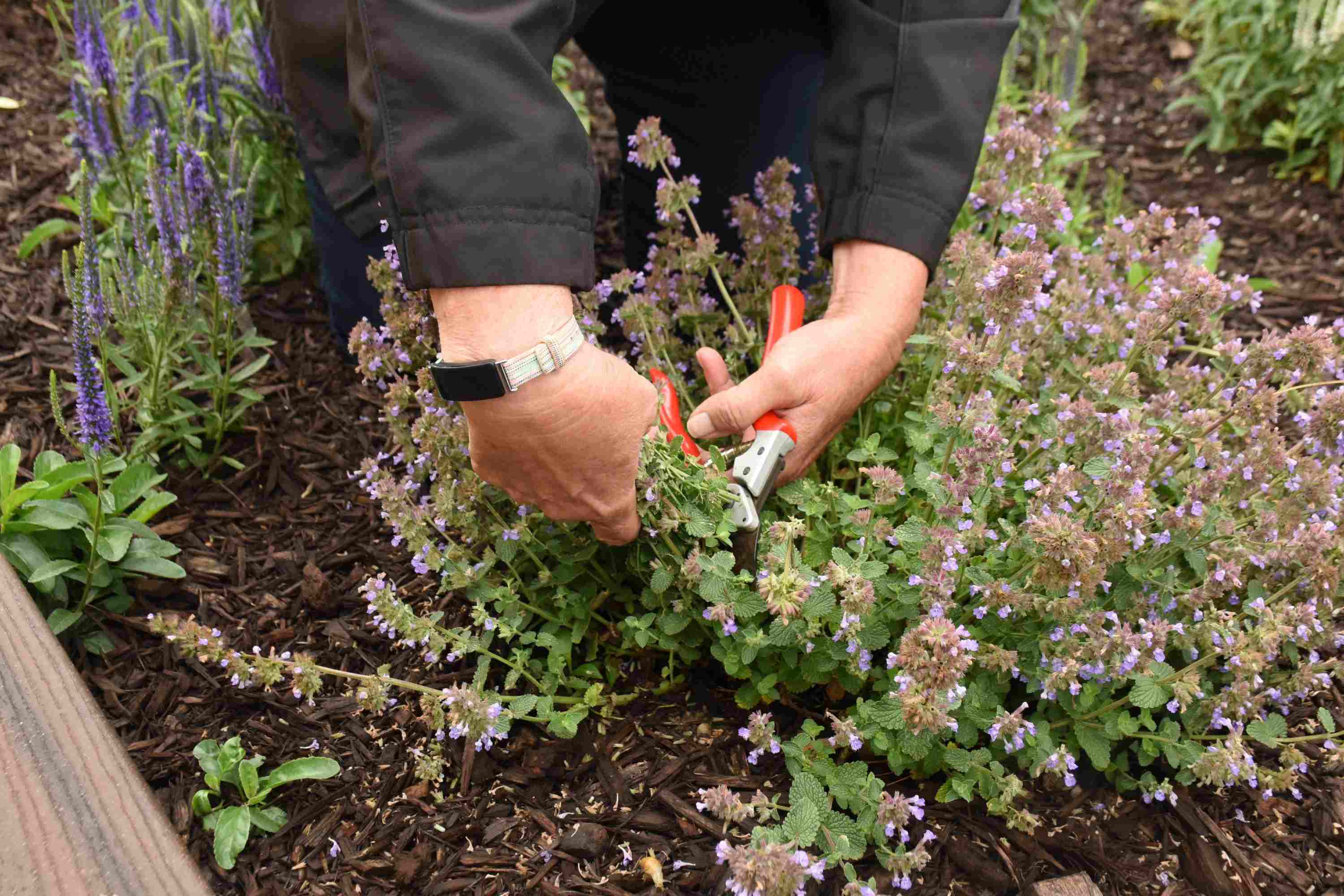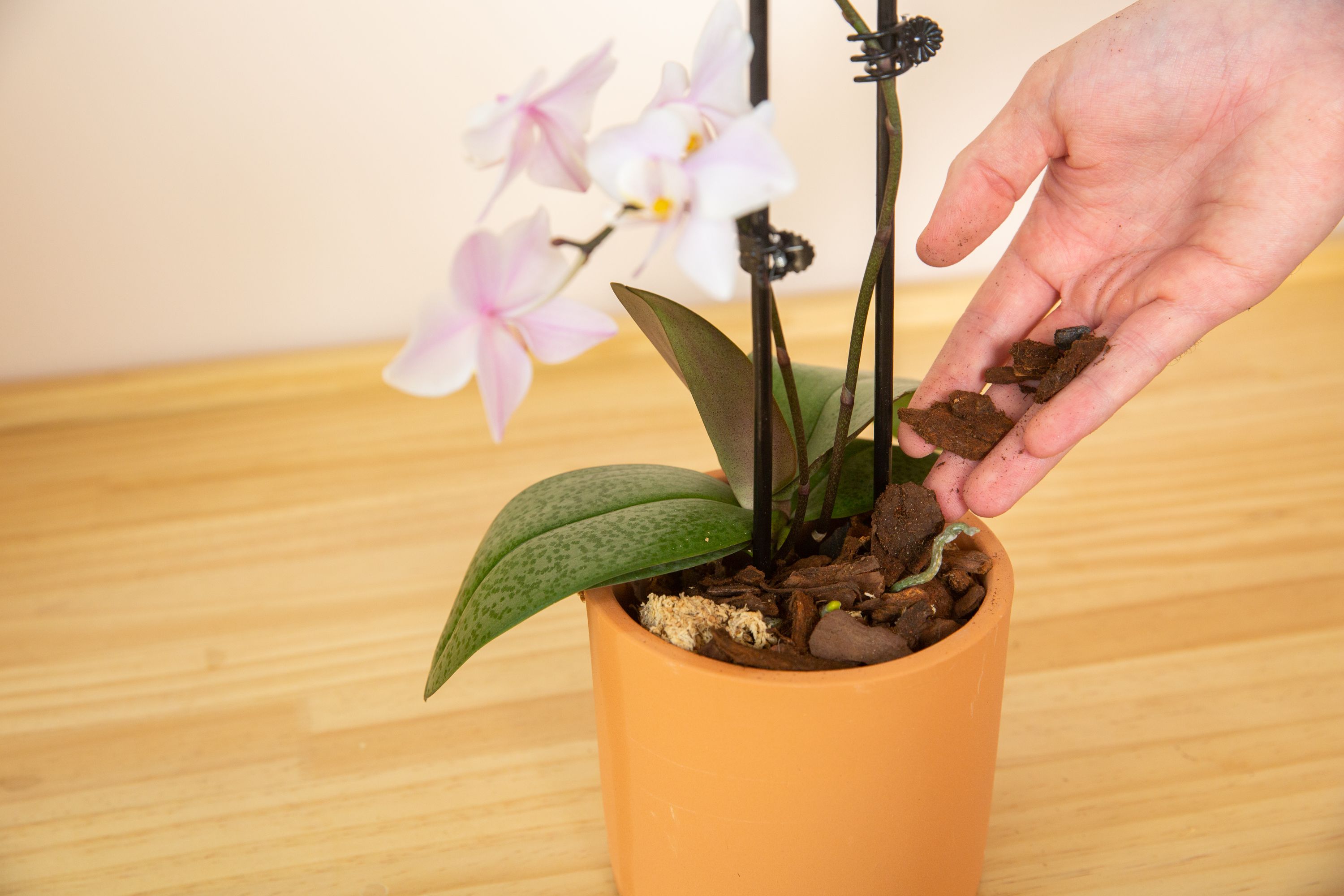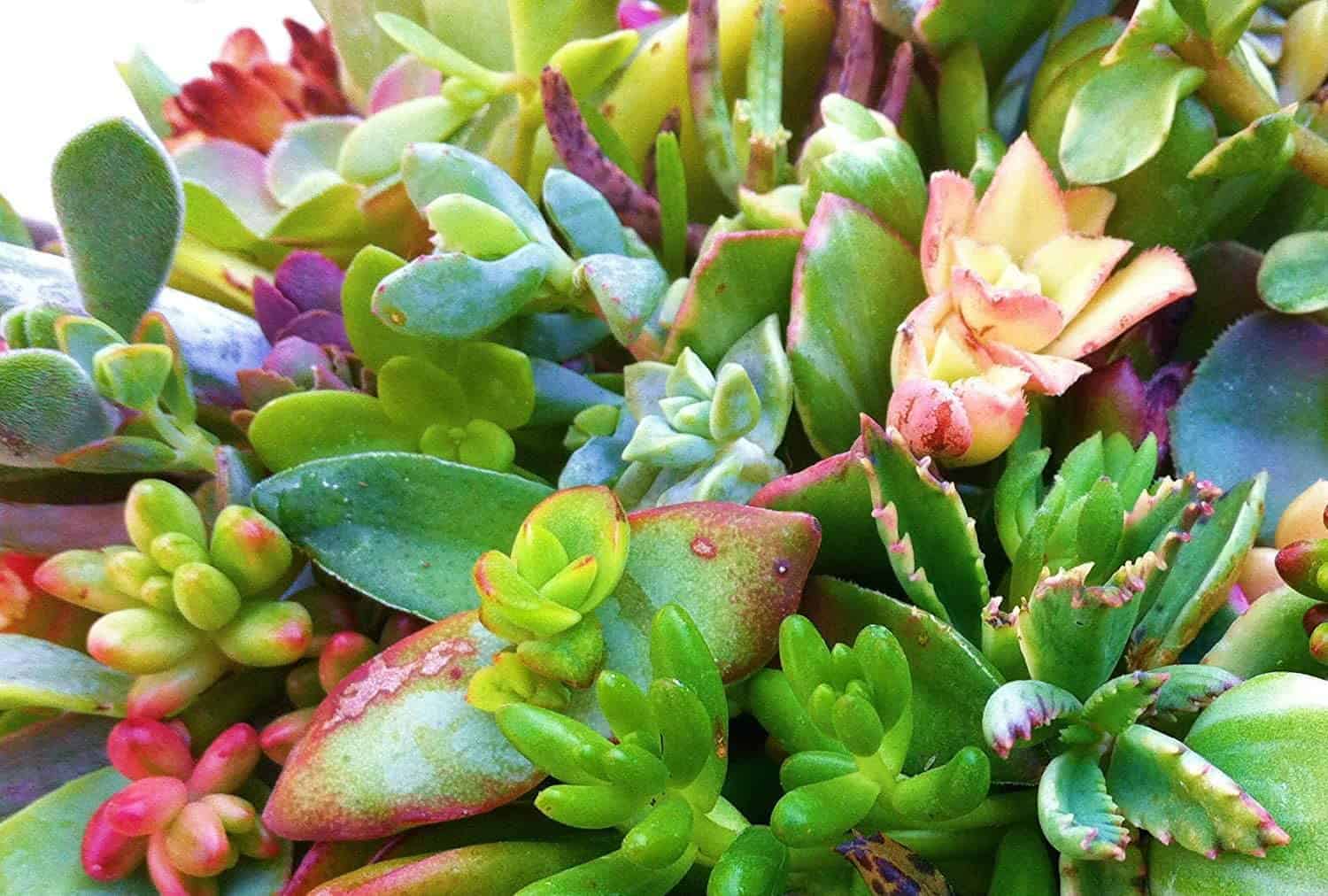Home>Gardening Techniques>Plant Care>How To Take Care Of Ficus Bonsai Tree


Plant Care
How To Take Care Of Ficus Bonsai Tree
Modified: January 22, 2024
Learn the best plant care tips for your ficus bonsai tree. Discover how to maintain its health and promote its growth with our expert guidance.
(Many of the links in this article redirect to a specific reviewed product. Your purchase of these products through affiliate links helps to generate commission for Chicagolandgardening.com, at no extra cost. Learn more)
Table of Contents
Introduction
Welcome to the fascinating world of Ficus Bonsai tree care! Whether you're a seasoned horticulturist or a budding plant enthusiast, the art of nurturing a Ficus Bonsai tree is a deeply rewarding experience. The Ficus Bonsai, with its striking appearance and rich cultural heritage, has captivated the hearts of plant lovers for centuries. Originating from the tropical regions of Southeast Asia, the Ficus Bonsai, also known as the Fig tree, is revered for its lush foliage and exquisite aerial root system.
Caring for a Ficus Bonsai tree is a journey that intertwines patience, skill, and a profound appreciation for nature's marvels. As you embark on this botanical adventure, you'll discover the therapeutic joy of tending to a living work of art. With the right knowledge and techniques, you can cultivate a Ficus Bonsai tree that exudes elegance and vitality, becoming a cherished centerpiece in your home or garden.
In this comprehensive guide, we'll delve into the intricate facets of Ficus Bonsai tree care, equipping you with the essential insights to nurture a thriving and majestic specimen. From selecting the ideal location to mastering the art of shaping and pruning, each aspect of Ficus Bonsai care is a testament to the harmony between human hands and the natural world. So, let's embark on this enriching journey and unlock the secrets to fostering the beauty and resilience of the Ficus Bonsai tree.
Choosing the Right Location
When nurturing a Ficus Bonsai tree, selecting the optimal location is paramount to its well-being and growth. The Ficus Bonsai thrives in bright, indirect sunlight, making it essential to position the tree in a spot that receives ample natural light without being exposed to harsh, direct sunlight. An east-facing window or a location with dappled sunlight is ideal for ensuring the tree’s photosynthetic needs are met without risking sunburn to its delicate foliage.
Moreover, it’s crucial to consider the temperature and humidity levels in the chosen location. Ficus Bonsai trees flourish in warm, humid environments, mirroring their native tropical habitat. Maintaining a consistent temperature between 60-75°F (15-24°C) and moderate humidity levels is pivotal for the tree’s overall health. Placing the Bonsai tree away from drafts, air conditioning vents, or radiators will shield it from abrupt temperature fluctuations and drying air.
As you contemplate the perfect spot for your Ficus Bonsai, bear in mind the significance of air circulation. Adequate air circulation helps prevent stagnant moisture around the foliage, reducing the risk of fungal diseases and promoting the tree’s respiratory functions. Additionally, the chosen location should offer ample space for the Bonsai tree to flourish unhindered, allowing its branches and foliage to gracefully extend without obstruction.
By meticulously assessing and providing the ideal environment for your Ficus Bonsai tree, you set the stage for a thriving and resilient botanical companion. The harmonious fusion of light, temperature, humidity, and air circulation will nurture a Ficus Bonsai tree that emanates vitality and beauty, enriching your living space with its timeless allure.
Watering
Mastering the art of watering is a cornerstone of Ficus Bonsai tree care, wielding a profound impact on the tree’s vitality and longevity. Achieving a harmonious balance in watering practices is pivotal, as both overwatering and underwatering can jeopardize the tree’s well-being. The frequency of watering is contingent upon various factors, including the tree’s age, size, and the moisture retention capacity of the soil.
Before watering your Ficus Bonsai, it’s imperative to assess the soil’s moisture level. Inserting a finger into the soil up to the first knuckle is a simple yet effective method to gauge the moisture content. If the soil feels slightly dry at this depth, it’s an opportune time to water the tree. Conversely, if the soil retains moisture and feels damp, it’s prudent to refrain from watering until the surface begins to dry out.
When watering your Ficus Bonsai, ensure that the entire root system receives adequate moisture. Water the tree thoroughly, allowing the excess water to drain from the pot’s drainage holes. This prevents waterlogged soil, which can lead to root rot and other detrimental conditions. It’s crucial to strike a balance between thorough watering and preventing water accumulation, fostering a healthy and aerated root system.
Moreover, the quality of water used for irrigation is a critical consideration. Ideally, use room-temperature, distilled water or rainwater to nourish your Ficus Bonsai, as these sources are free from harsh chemicals and minerals that can accumulate in the soil over time. Avoid using alkaline or chlorinated water, as they can impede the tree’s nutrient absorption and disrupt the soil’s pH balance.
By honing your watering regimen and attuning it to the Ficus Bonsai’s specific needs, you cultivate an environment where the tree thrives and flourishes. The symbiotic relationship between attentive watering practices and the Ficus Bonsai’s resilience yields a captivating display of natural beauty, enriching your surroundings with its timeless allure.
Pruning and Shaping
Pruning and shaping are integral facets of nurturing a Ficus Bonsai tree, enabling you to sculpt its form and encourage healthy growth. Regular pruning not only enhances the tree’s aesthetic appeal but also promotes the development of a robust and well-defined silhouette. When embarking on the pruning journey, it’s essential to equip yourself with the right tools, including sharp pruning shears and concave cutters, to execute precise and clean cuts.
One of the primary objectives of pruning is to maintain the tree’s desired shape and proportions. By selectively trimming the branches and foliage, you can guide the tree’s growth and accentuate its natural beauty. Additionally, pruning aids in controlling the Bonsai’s size and density, preventing overcrowding and ensuring that sunlight and airflow permeate the inner branches, fostering overall health.
Shaping the Ficus Bonsai tree is an art form that unfolds over time, requiring patience and a discerning eye. Whether you aspire to cultivate a classic informal upright style or a windswept appearance, shaping the tree demands a deep understanding of its growth patterns and an appreciation for the subtle nuances of its form. Through strategic pruning and wiring, you can imbue the tree with a captivating sense of harmony and grace, evoking the splendor of its natural counterparts in the wild.
When shaping your Ficus Bonsai, it’s crucial to approach the process with delicacy and mindfulness, respecting the tree’s inherent vitality and resilience. Endeavor to strike a balance between artistic expression and the tree’s well-being, ensuring that each pruning and shaping decision aligns with the overarching vision for the tree’s aesthetic allure.
As you immerse yourself in the artistry of pruning and shaping, you’ll witness the Ficus Bonsai tree evolve into a living masterpiece, a testament to the harmonious synergy between human ingenuity and the boundless beauty of nature.
Fertilizing
Fertilizing is a pivotal aspect of nurturing a thriving Ficus Bonsai tree, providing essential nutrients that bolster its growth and vitality. Selecting the right type of fertilizer and adhering to a well-defined fertilization regimen are instrumental in fortifying the tree’s resilience and ensuring its enduring beauty.
When choosing a fertilizer for your Ficus Bonsai, opt for a balanced, water-soluble formula specifically formulated for Bonsai trees. These fertilizers are tailored to meet the tree’s unique nutritional requirements, encompassing vital macro and micronutrients that sustain its overall health. It’s essential to adhere to the recommended dilution and application guidelines to prevent over-fertilization, which can be detrimental to the tree’s well-being.
During the tree’s active growing season in spring and summer, administer a diluted fertilizer solution every two to four weeks to replenish the soil’s nutrient reserves and support robust foliage and root development. As autumn heralds the tree’s transition into dormancy, reduce the frequency of fertilization to once every four to six weeks, aligning with the tree’s reduced metabolic demands.
Moreover, periodic soil testing can offer valuable insights into the tree’s nutritional needs, guiding adjustments to the fertilization regimen based on the soil’s pH levels and nutrient composition. This proactive approach empowers you to fine-tune the fertilizer application, ensuring that the tree receives a balanced and tailored nutrient supply that aligns with its specific requirements.
By embracing a meticulous and informed approach to fertilizing your Ficus Bonsai, you forge an environment where the tree thrives and flourishes, emanating a timeless allure and captivating beauty. The symbiotic interplay between attentive fertilization practices and the Ficus Bonsai’s inherent resilience yields a captivating display of natural splendor, enriching your living space with its enduring charm.
Repotting
Repotting is a crucial undertaking in the care regimen of a Ficus Bonsai tree, pivotal for sustaining its vigor and ensuring optimal root health. The process of repotting not only refreshes the tree’s growing medium but also facilitates root maintenance and encourages robust growth. Understanding the indicators that herald the need for repotting empowers you to proactively tend to the tree’s well-being, fostering an environment where it thrives and flourishes.
One of the telltale signs that it’s time to repot your Ficus Bonsai is the presence of roots that densely encircle the root ball, a phenomenon known as root binding. This condition impedes the tree’s ability to absorb water and nutrients, necessitating intervention through repotting. Additionally, if the soil exhibits poor drainage, becomes compacted, or loses its aeration capacity, these are compelling reasons to embark on the repotting process.
The ideal time to repot a Ficus Bonsai tree is during the early stages of spring, just as the tree emerges from dormancy and embarks on a phase of active growth. Gently removing the tree from its current container and carefully pruning the roots to untangle and trim any circling or overly long roots is a pivotal aspect of the repotting process. Selecting a well-draining, nutrient-rich soil mix tailored for Bonsai trees is essential to provide the tree with an optimal growing medium that fosters healthy root development.
After repotting, it’s crucial to shield the tree from direct sunlight and minimize watering for a few weeks to allow the roots to acclimate to their new environment and minimize the risk of transplant shock. This period of convalescence enables the tree to redirect its energy towards root regeneration and new growth, setting the stage for a revitalized and resilient Ficus Bonsai.
By embracing the art of repotting and integrating it into your Ficus Bonsai care routine, you cultivate an environment where the tree thrives and flourishes, emanating a timeless allure and captivating beauty. The symbiotic interplay between attentive repotting practices and the Ficus Bonsai’s inherent resilience yields a captivating display of natural splendor, enriching your living space with its enduring charm.
Pests and Diseases
Protecting your Ficus Bonsai tree from pests and diseases is paramount to maintaining its vitality and beauty. Vigilance and proactive measures are key in safeguarding the tree against potential threats, ensuring that it thrives in an environment that fosters its well-being.
Several common pests pose a threat to Ficus Bonsai trees, including spider mites, scale insects, and aphids. Regularly inspecting the tree’s foliage and stems for signs of pest infestation, such as webbing, tiny insects, or sticky residue, allows for early detection and targeted intervention. Utilizing insecticidal soaps or horticultural oils can effectively mitigate pest populations while minimizing the impact on beneficial organisms and the tree’s overall health.
In addition to pests, fungal diseases such as powdery mildew and root rot can afflict Ficus Bonsai trees, compromising their vigor and aesthetic appeal. Maintaining proper air circulation around the tree, avoiding overwatering, and ensuring adequate sunlight exposure are preventive measures that mitigate the risk of fungal infections. If signs of disease manifest, promptly addressing the issue through targeted fungicidal treatments or adjusting the tree’s environmental conditions is crucial in halting the disease’s progression.
Furthermore, practicing good hygiene by removing fallen leaves and debris from the tree’s vicinity minimizes the risk of pest infestation and disease proliferation, fostering a clean and hospitable environment for the Ficus Bonsai’s growth. Regularly sanitizing pruning tools and the tree’s containers further mitigates the risk of introducing pathogens or pests to the tree during maintenance activities.
By fortifying your Ficus Bonsai tree against pests and diseases through attentive monitoring and proactive measures, you cultivate an environment where the tree thrives and flourishes, emanating a timeless allure and captivating beauty. The harmonious interplay between vigilant pest and disease management and the Ficus Bonsai’s inherent resilience yields a captivating display of natural splendor, enriching your living space with its enduring charm.
Conclusion
Caring for a Ficus Bonsai tree is a deeply enriching and rewarding endeavor, intertwining artistry, horticultural expertise, and a profound connection to the natural world. As you embark on this botanical journey, you become a steward of timeless beauty, nurturing a living masterpiece that graces your home or garden with its captivating allure.
From selecting the optimal location to mastering the intricacies of watering, pruning, and fertilizing, each facet of Ficus Bonsai care is a testament to the harmonious synergy between human ingenuity and the boundless beauty of nature. The art of shaping and repotting the tree, coupled with vigilant pest and disease management, empowers you to cultivate an environment where the Ficus Bonsai thrives and flourishes, radiating vitality and elegance.
Embracing the art of Ficus Bonsai care transcends the realm of horticulture, offering a respite from the bustle of daily life and inviting you to partake in the serene rhythm of nature’s wonders. As you witness the tree’s growth and evolution, you forge a profound connection to the art of nurturing life, finding solace and inspiration in the resilience and timeless beauty of the Ficus Bonsai.
May your journey with the Ficus Bonsai tree be adorned with moments of tranquility, discovery, and boundless appreciation for the marvels of the natural world. As you tend to your botanical companion, may the enduring allure of the Ficus Bonsai serve as a poignant reminder of the profound harmony between human hands and the living tapestry of the earth.


